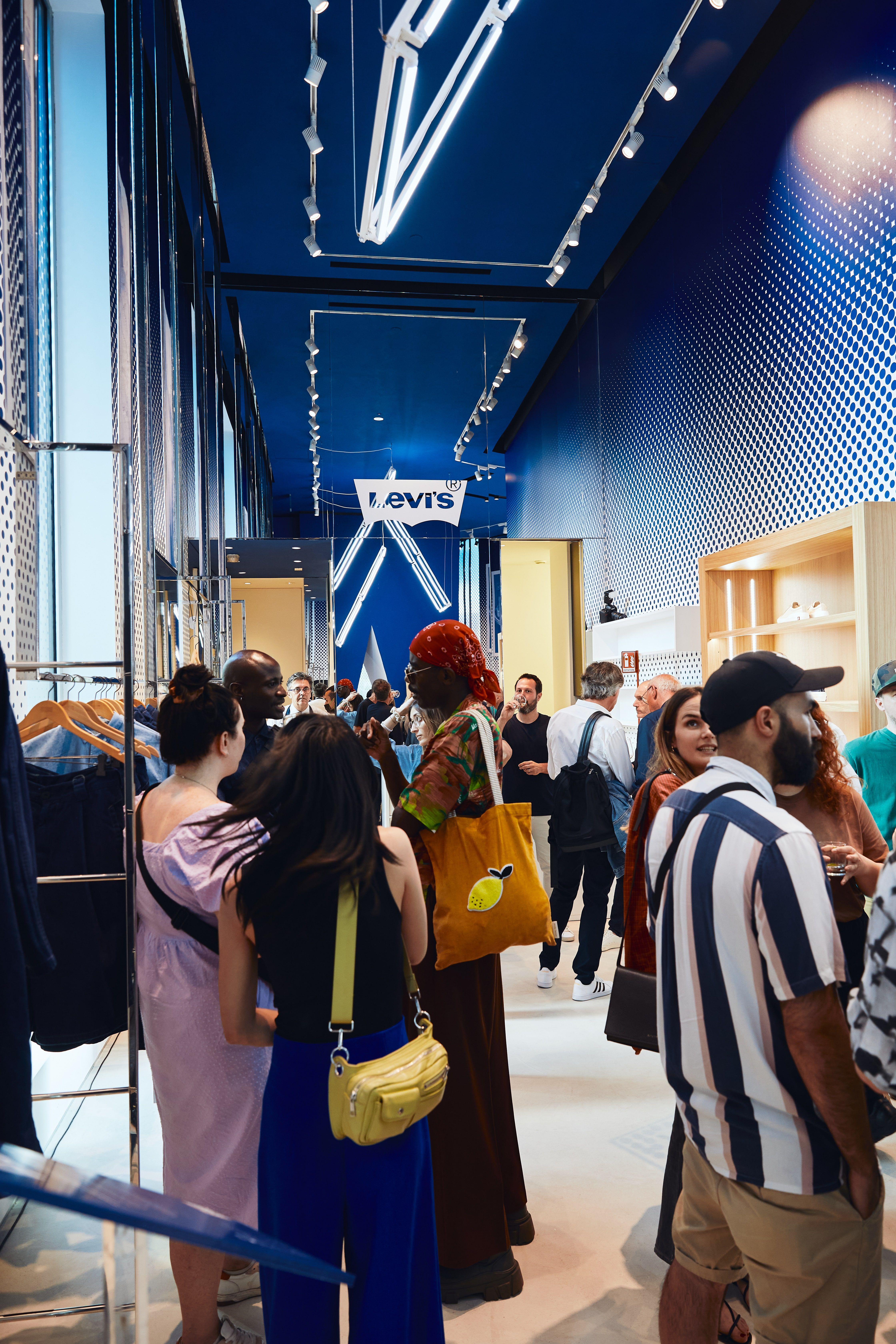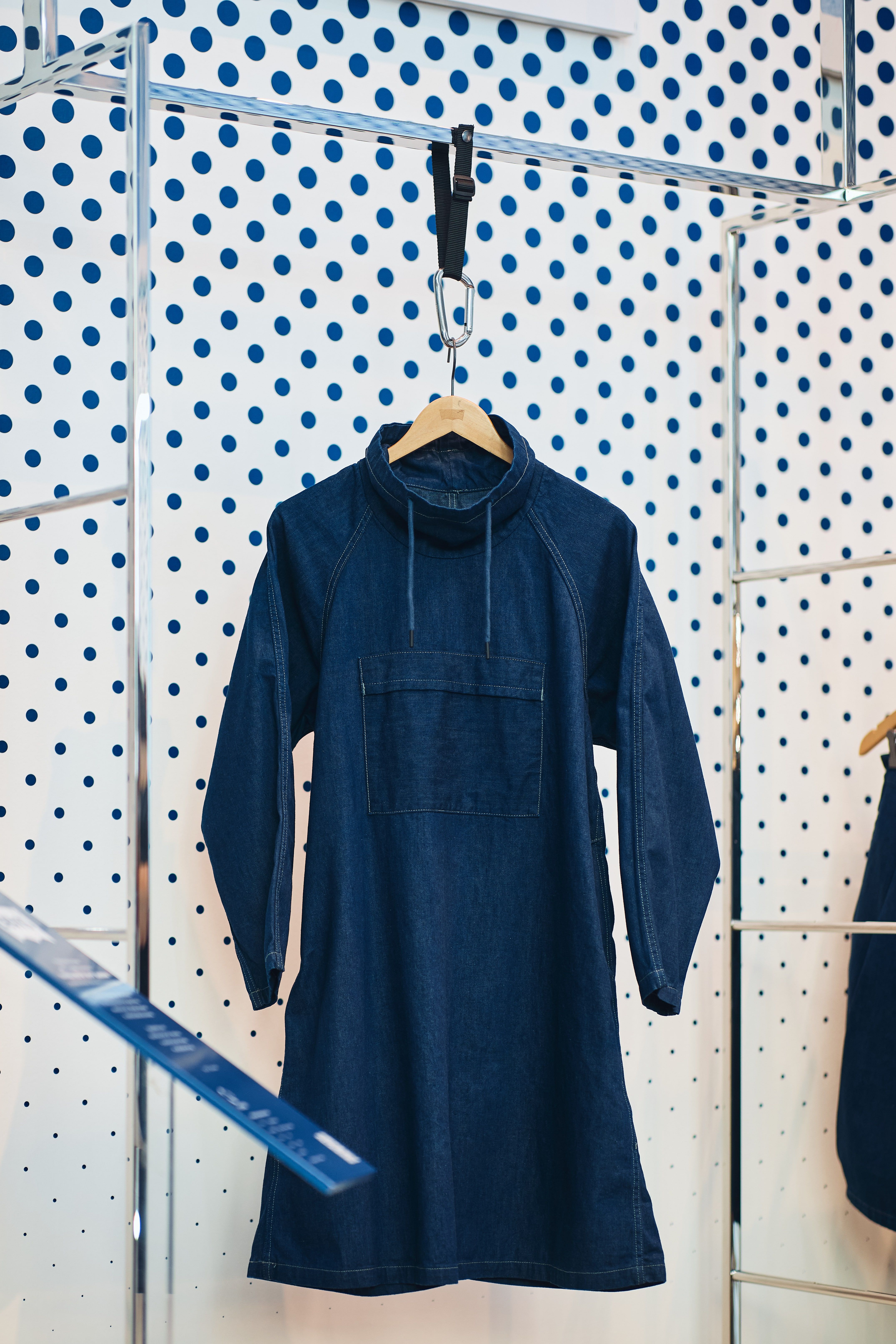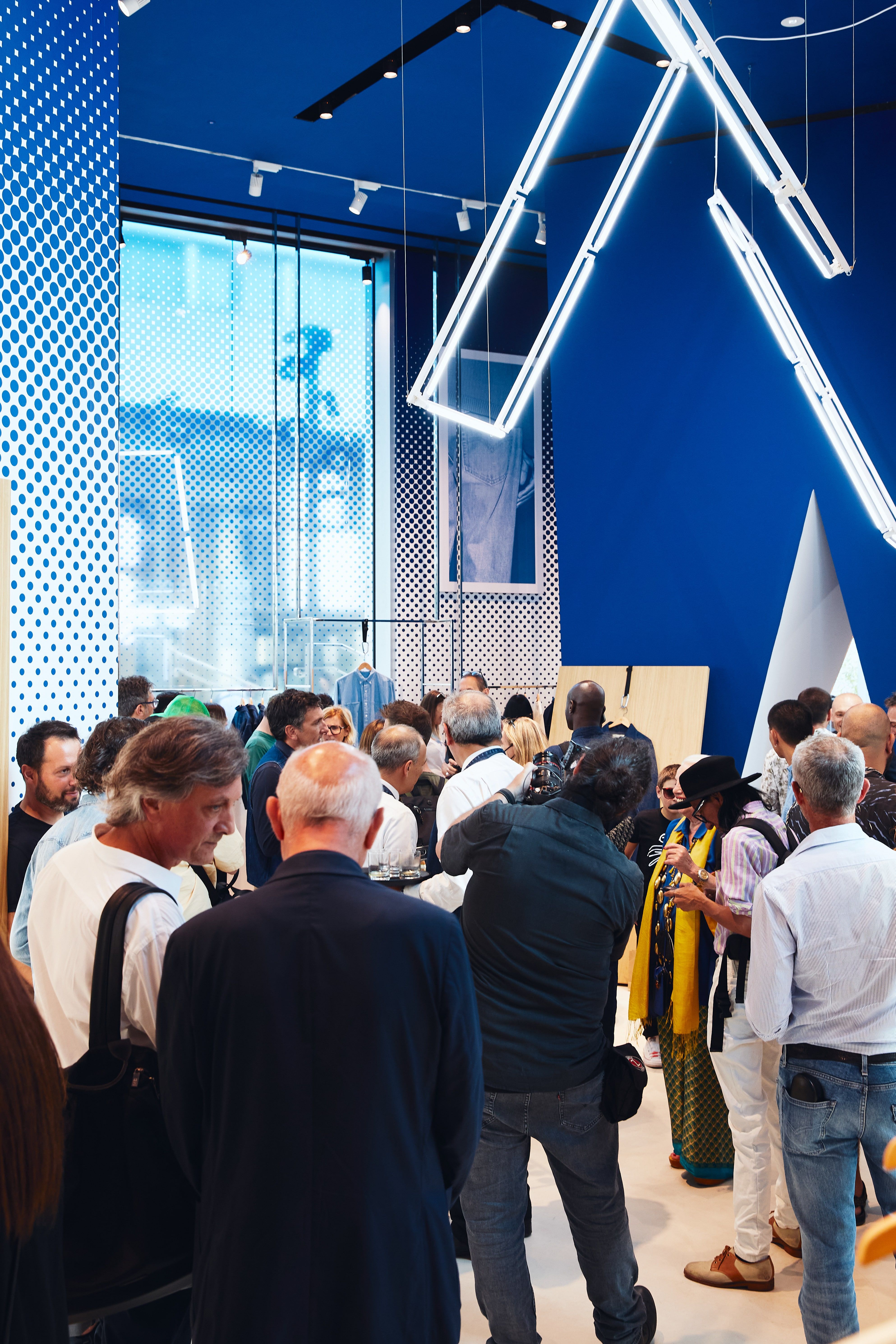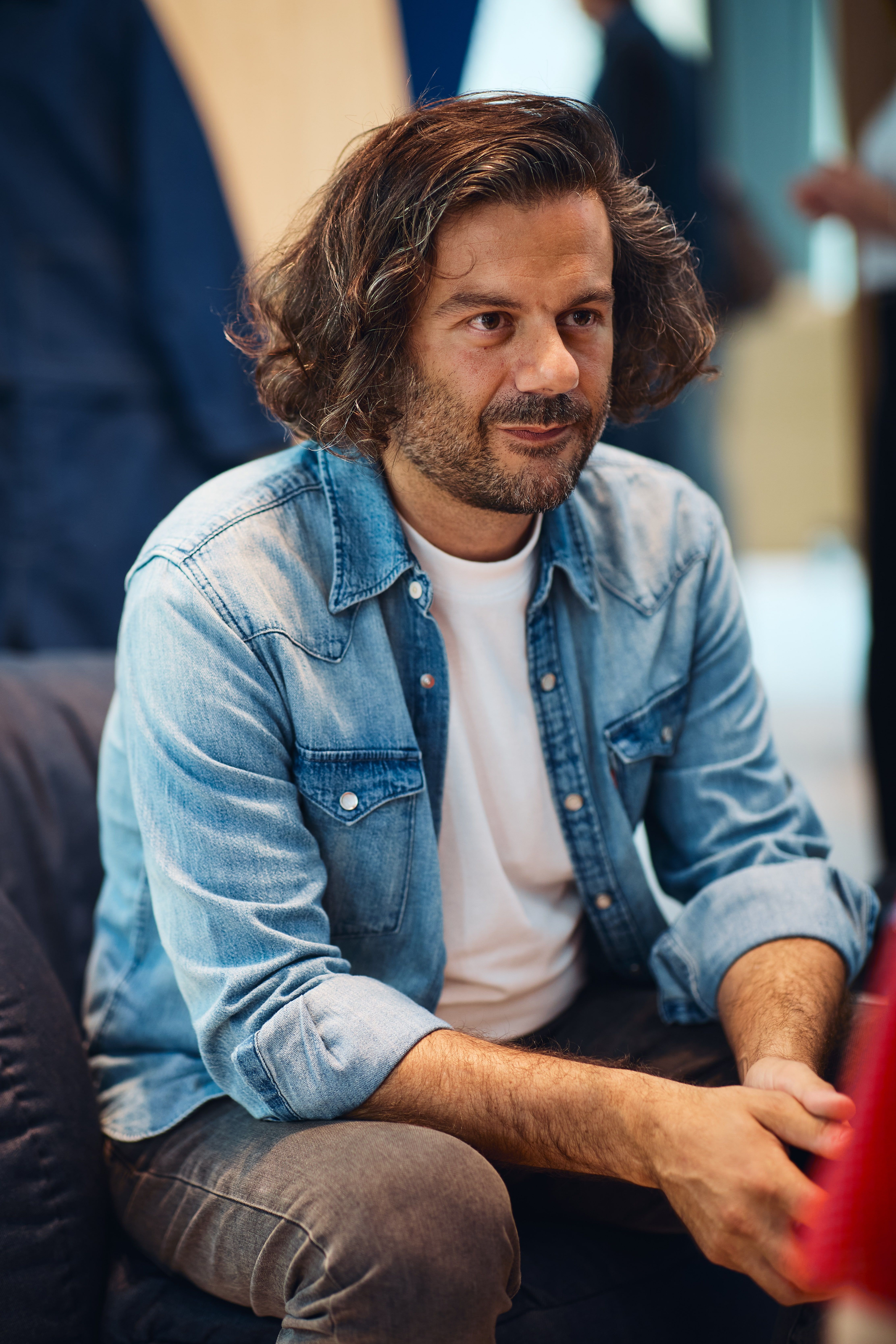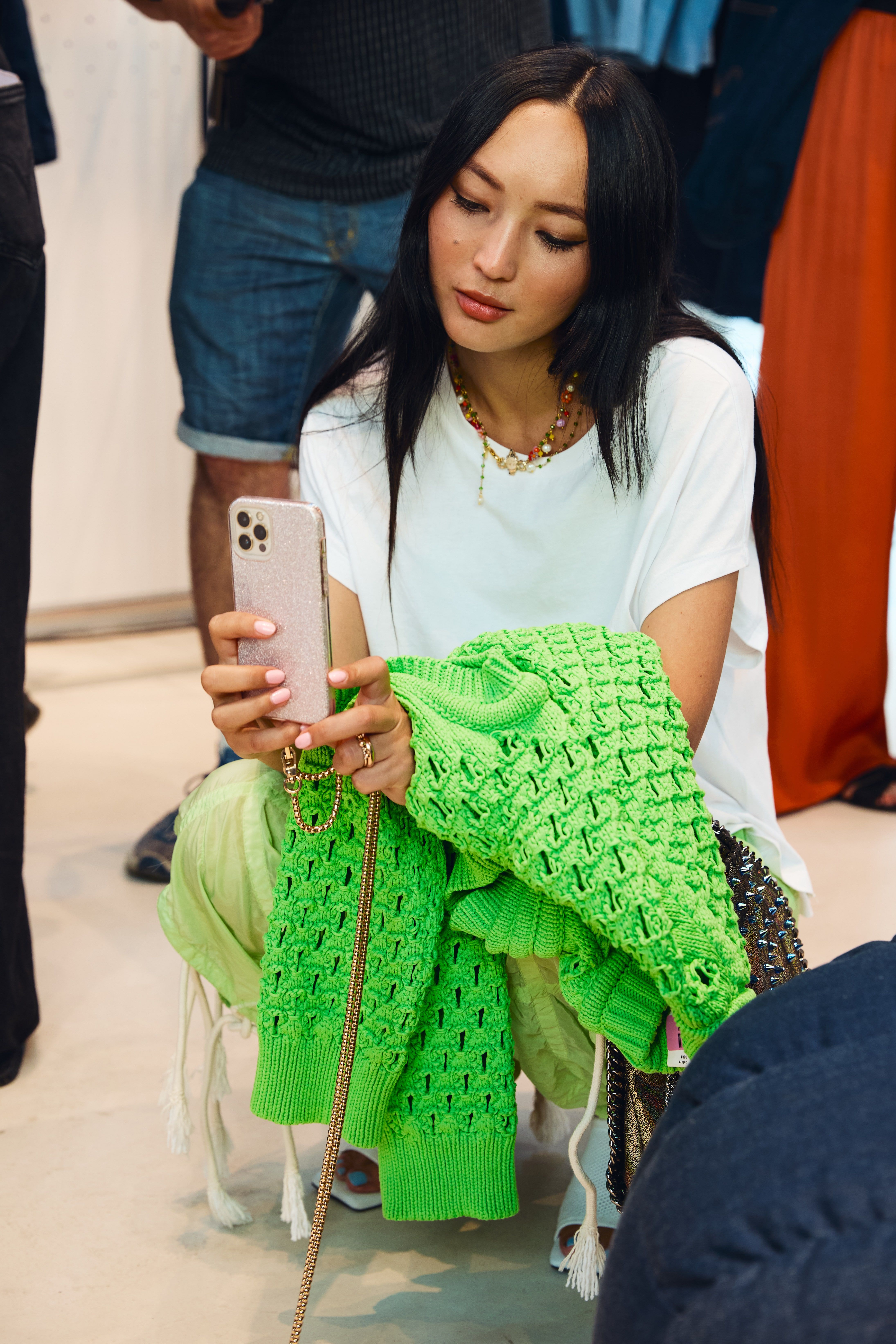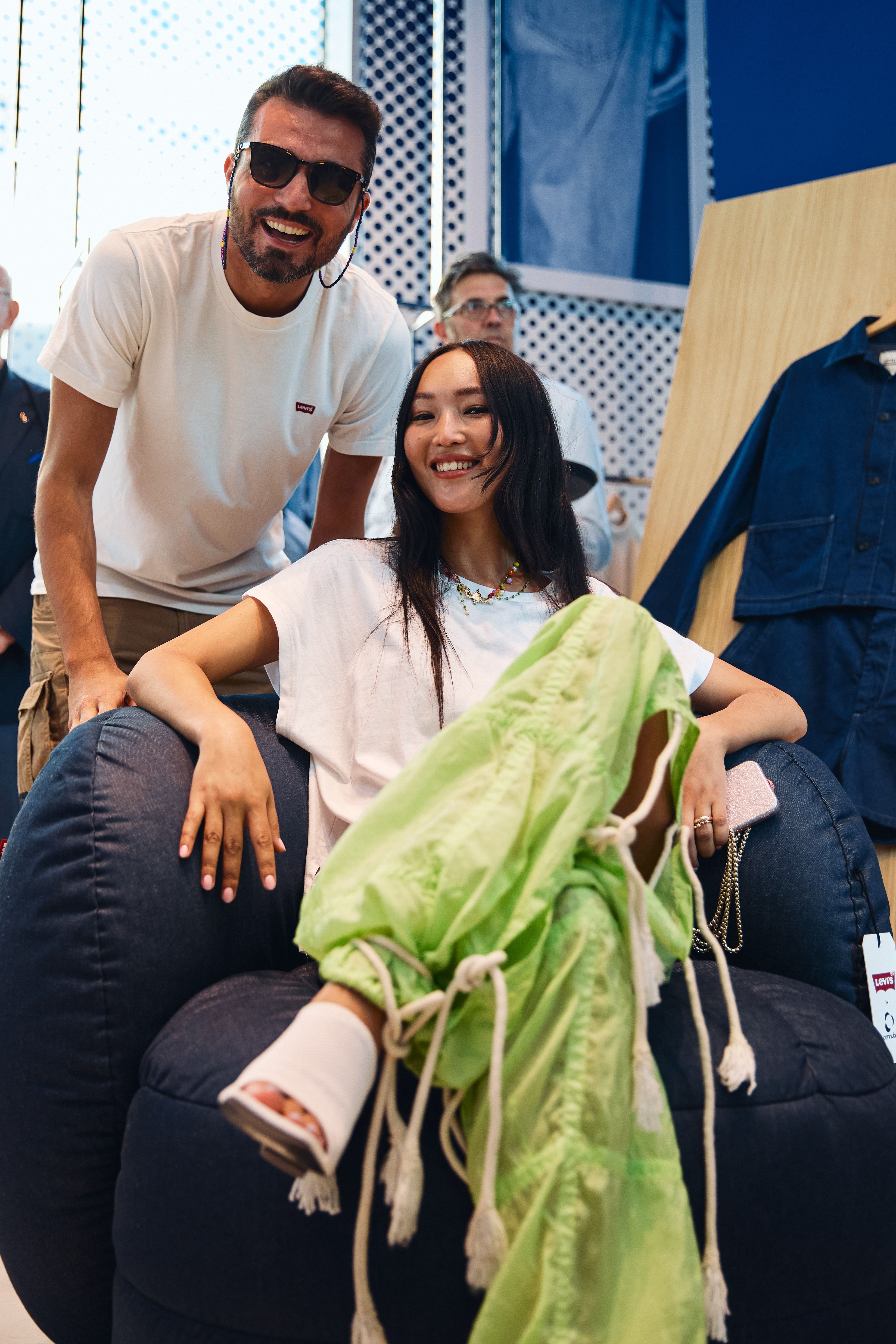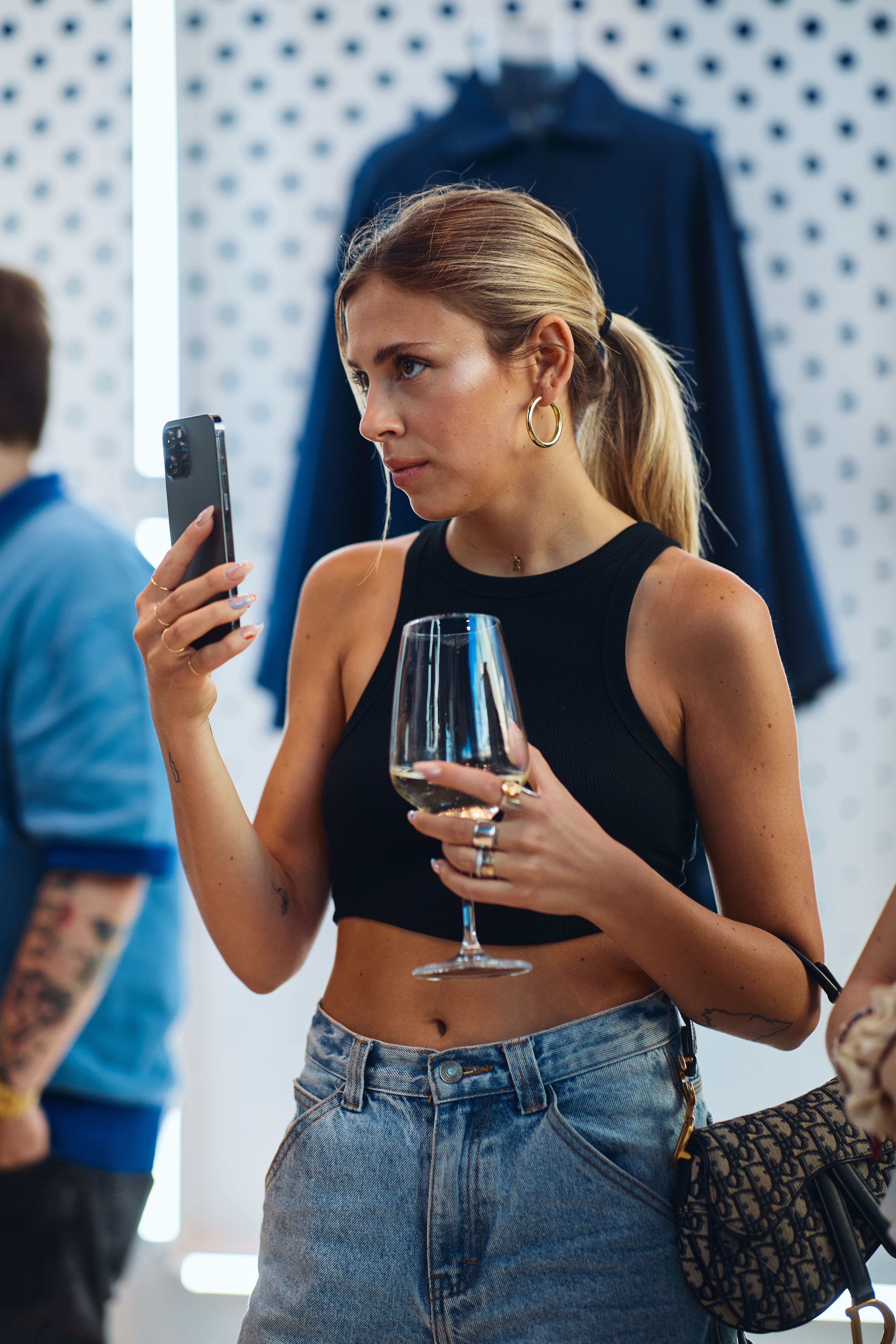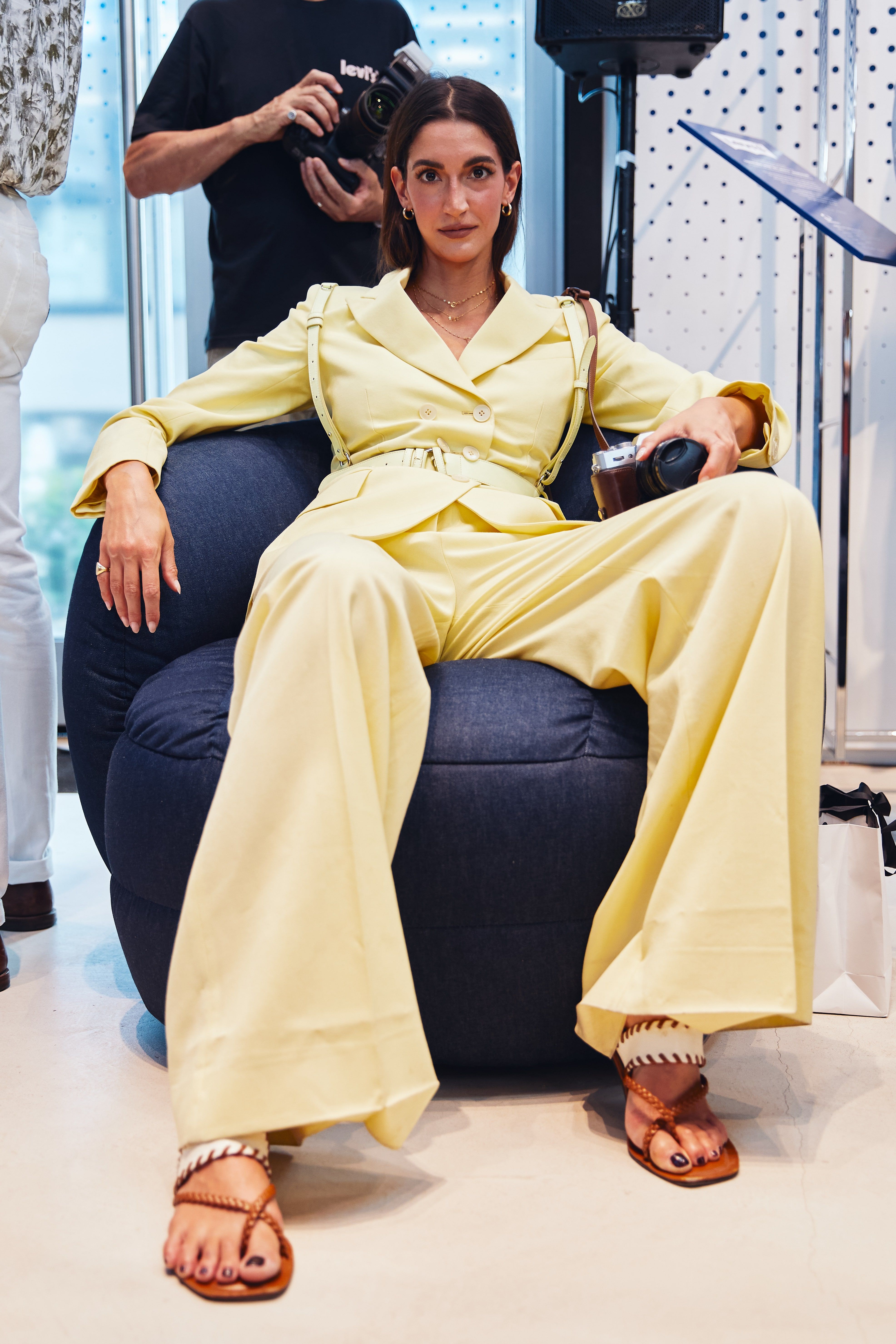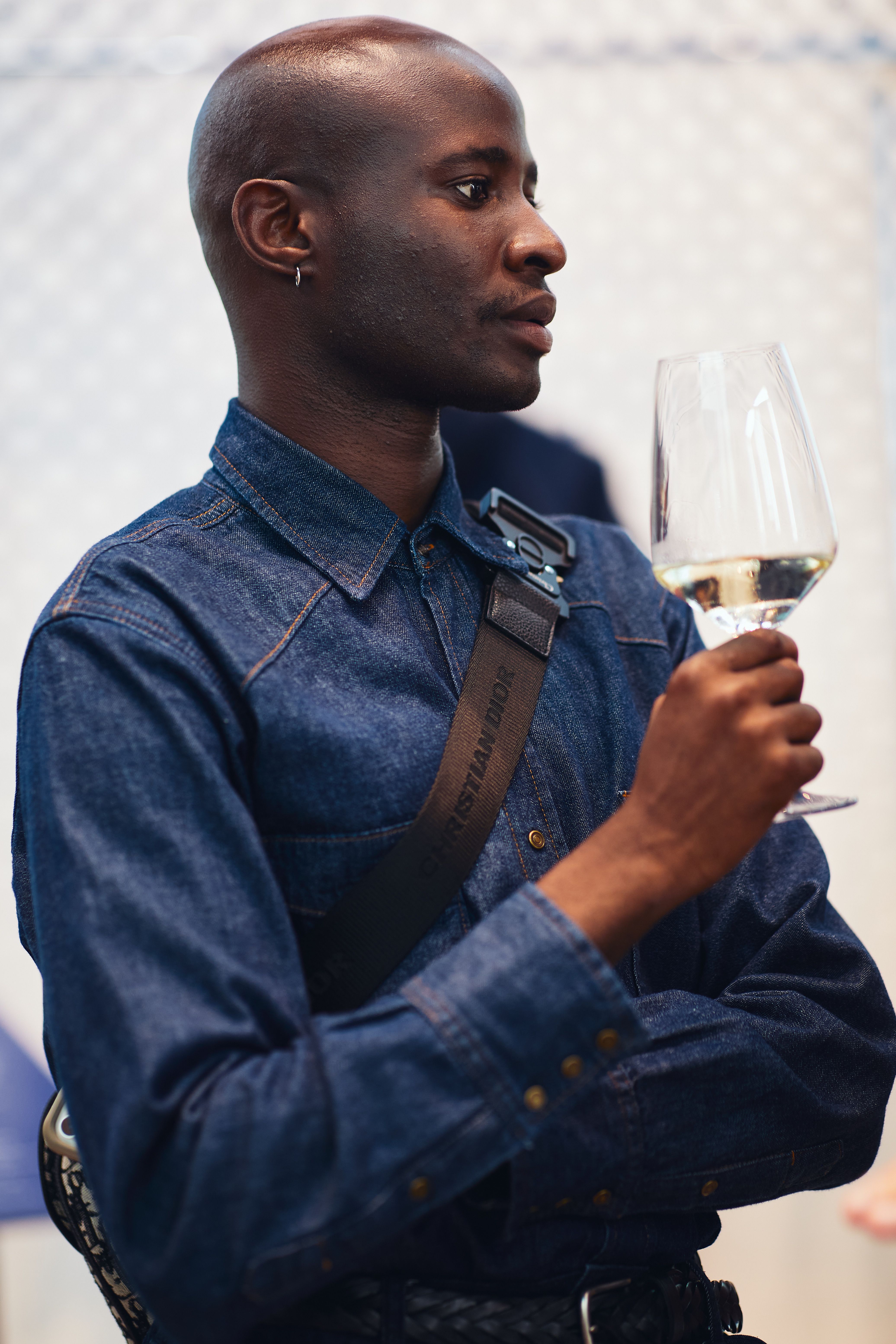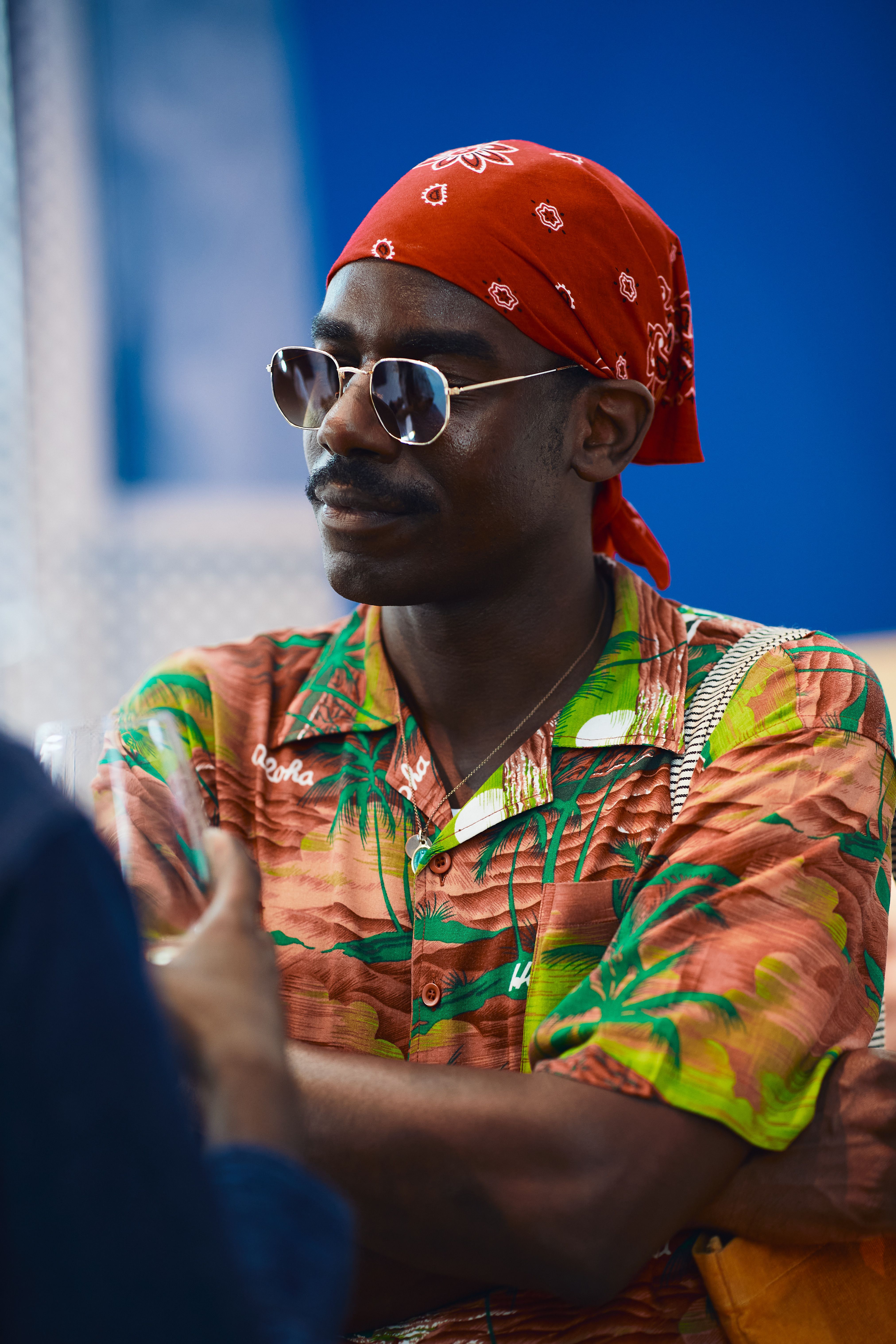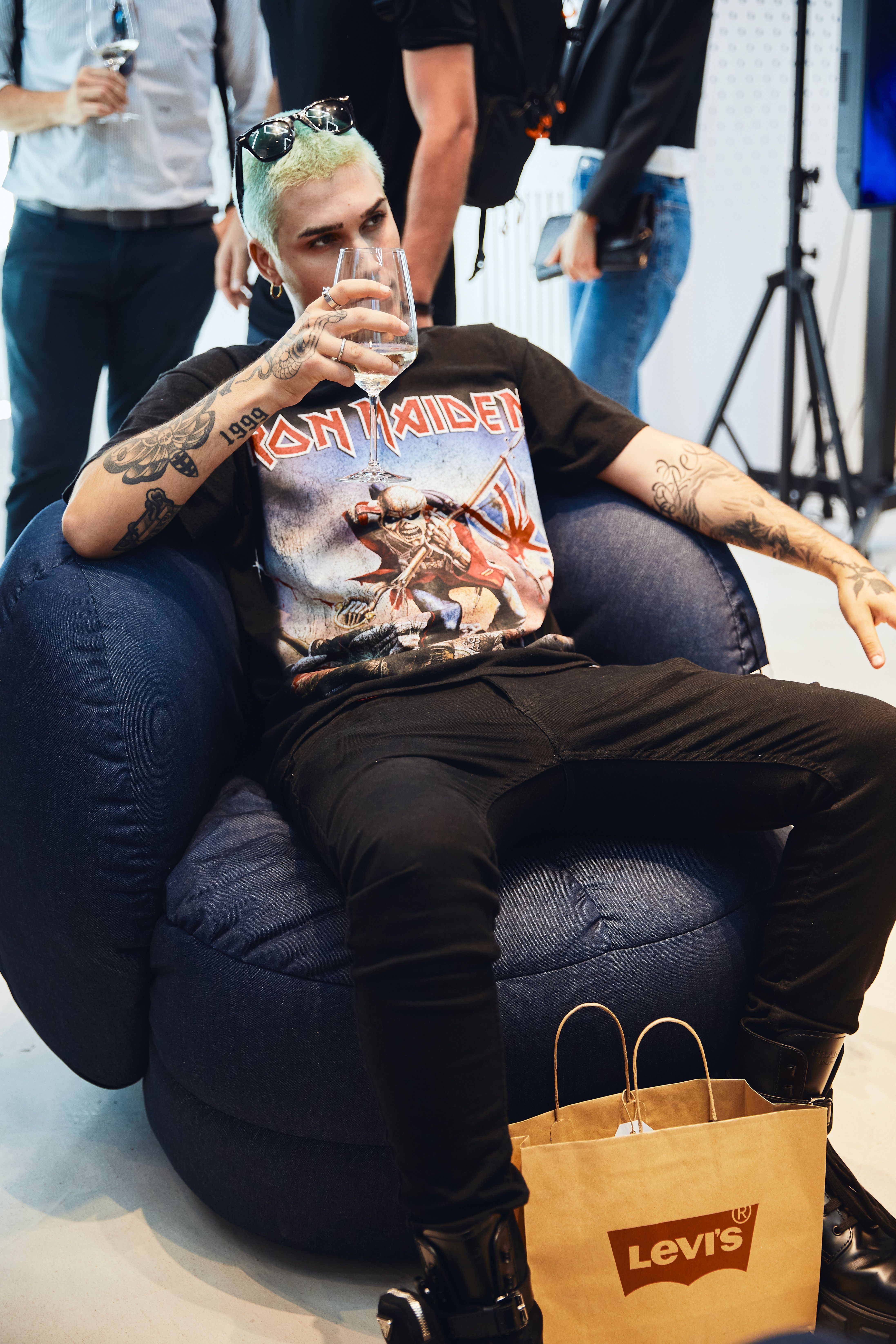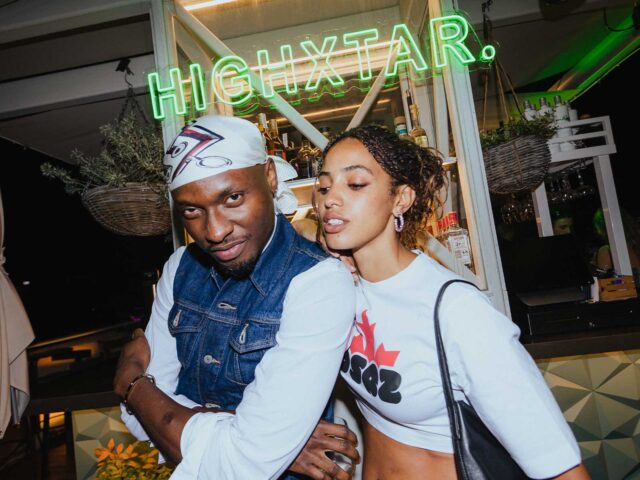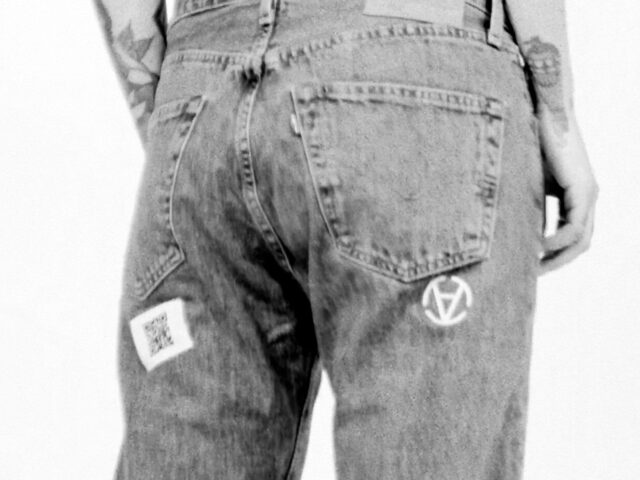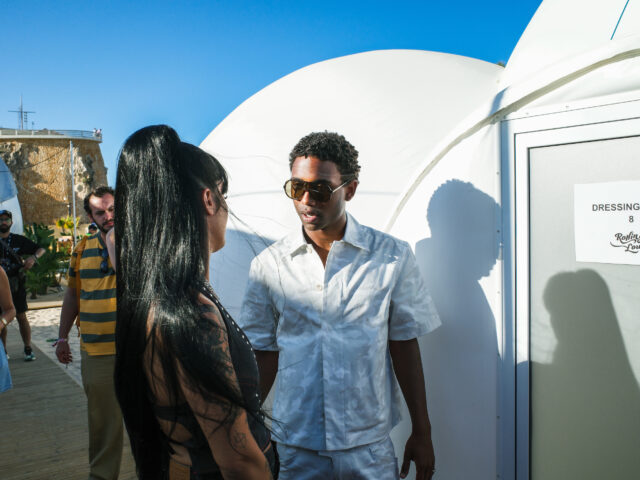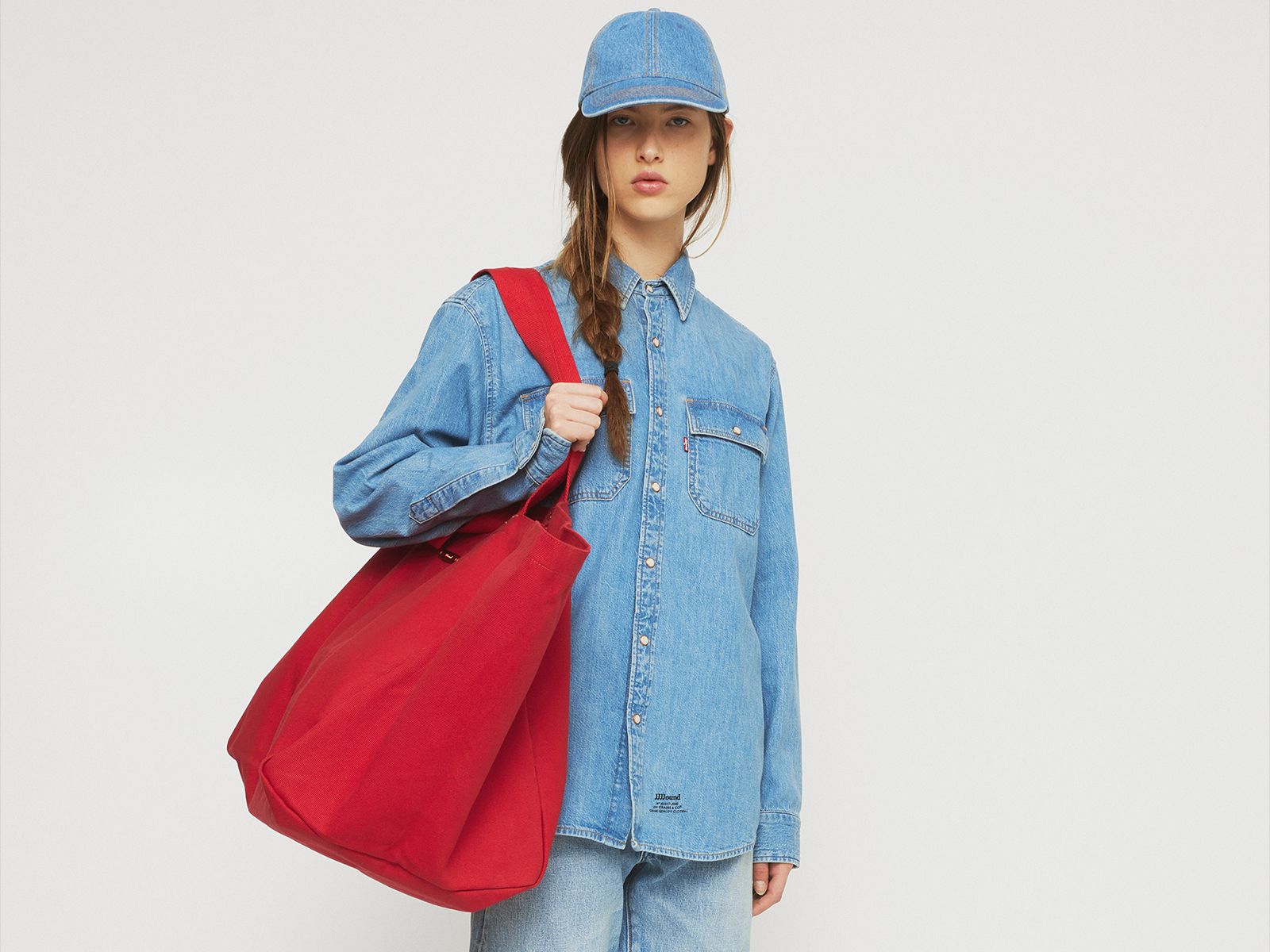Madrid, Monday 6th June. The H. team travelled to Milan to discover first-hand the latest novelties of the legendary American brand Levi’s, presented during Milan Design Week in its new pop-up located in the area of Corso Como/ Gae Auelenti and more specifically in Via Vincenzo Capelli 1. There we were able to see (and try out) the first Levi’s deco piece designed in collaboration with the prestigious furniture brand Connubia, part of the Calligaris group.

Named “Connubia Reef by Levi’s armchair”, this armchair, belonging to a limited edition of 100 pieces, is characterised not only by its indigo blue colour and design, but also by the materials with which it is made, as we can say loud and clear that it is a totally sustainable piece; and that is something to value very positively. Some of the features that make this article special are: the internal structure made of FSC certified wood, the padding made of recycled polyurethane foam or the special denim cover made with water-saving techniques and sustainably sourced cotton (Candiani Denim).
Going back to the pop-up where the armchair first saw the light of day, it promises to become the favourite shop of every fashion insider and especially of all denim lovers, thanks in part to its modern and bright aesthetics and its triangular shape that stands out for its extreme compactness and functionality. What’s more, the premium store is painted in the aforementioned indigo blue and has a very modern/artistic look that makes you gawk at the space.
The event and the presentation was a great success and in addition to attending the event we had the pleasure of being able to chat for a while with Diana Dimitian, Vice President and General Manager for Southern Europe of Levi’s Strauss Continental.
Highxtar (H) – Diana, we are here in Milan to discover the latest news from Levi’s, including the collaboration with the design brand Connubia, which has just been presented during Milan Design Week. How would you define this project and what would you highlight about it?
Diana Dimitian (D) – This project is very special and interesting for us, as it is the first time Levi’s has done something like this and the first time Connubia has done an external collaboration. Presenting it during the Milan design week makes it all the more exciting, as this event is considered to be the centrepiece of the synagogues when it comes to launches. For us it is quite exciting to be able to combine an effort with a fresh and useful brand like Connubia, a very new concept.
H – If you had to choose three words to define the “Connubia Reef by Levi’s armchair” they would be….
D – The first words that come to mind would be fun, serious and finally eco-responsible.
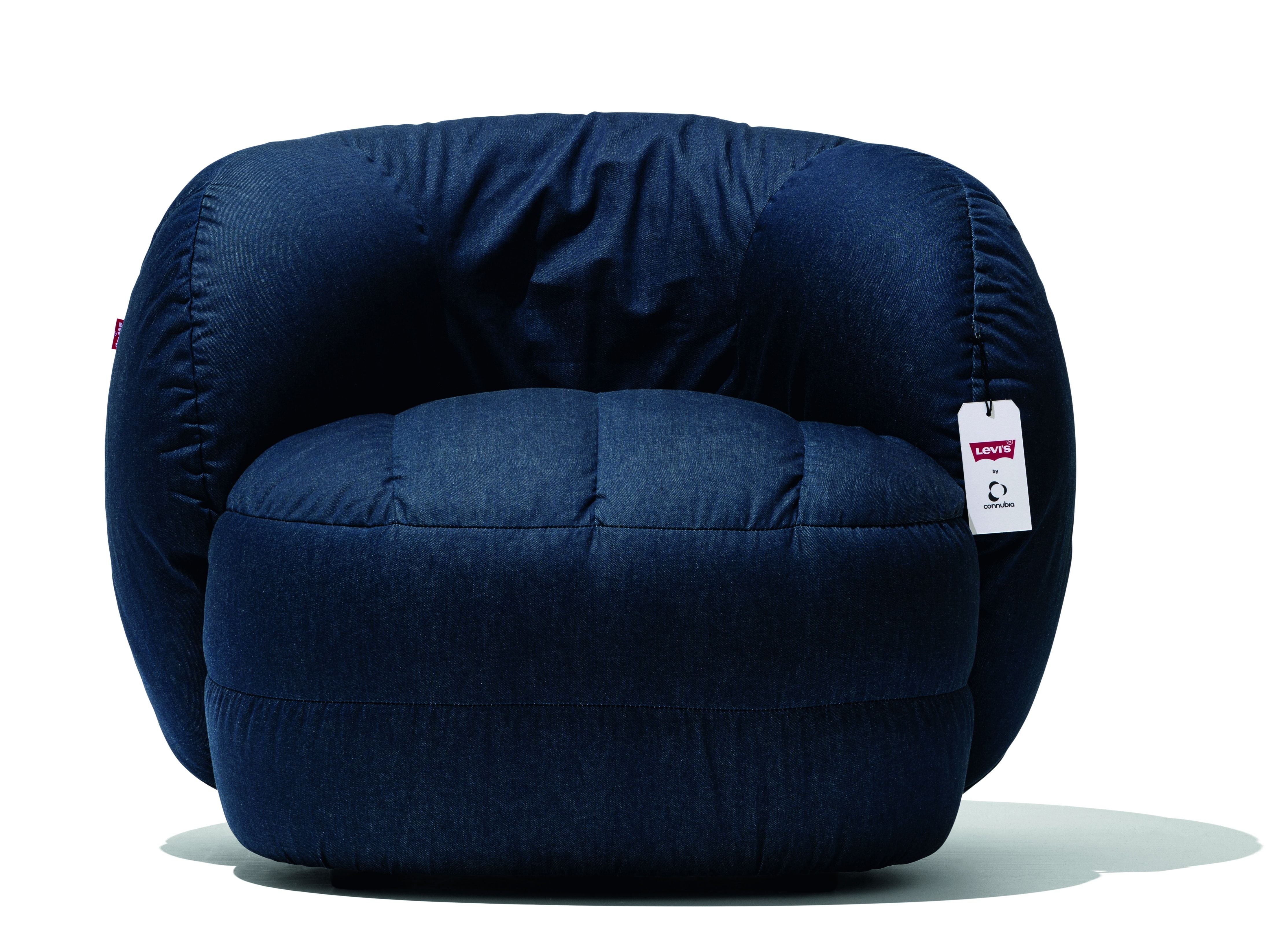
H – As you know, this designer item belongs to an exclusive limited edition of 100 pieces. What do you think the people who decide to buy one will be like? Would you dare to define a profile for me?
D – That’s a great question! I think the motivation for buying this chair is partly the fact that it’s a timeless, limited edition design piece. In terms of the profile, I think it could be a denim aficionado. It could be someone who has an appreciation of it from a fashion point of view who identifies with it. I also think it could be someone who has made conscious choices about the brands they associate with or the products they buy. In short, someone who is more useful and conscious in the sense of social awareness and sustainability aspects.
H – Do you like decoration?
D – Yes, I love everything related to design.
H – Let’s imagine a situation where you had to place the armchair in a certain style of house and in a certain room. What would it look like?
D – Honestly I think I could see it in a really industrial environment, a very modern and very contemporary environment, where it’s the piece becoming something softer in a more edgy place. I could see it from a very minimalist industrial type of environment, even concrete metal, a little bit even more extreme than what we had in the pop-up, to a beachside villa on a Balearic island with a lot of natural materials. It’s fun, because I think I could play with the uniqueness that characterises this chair and with the material.
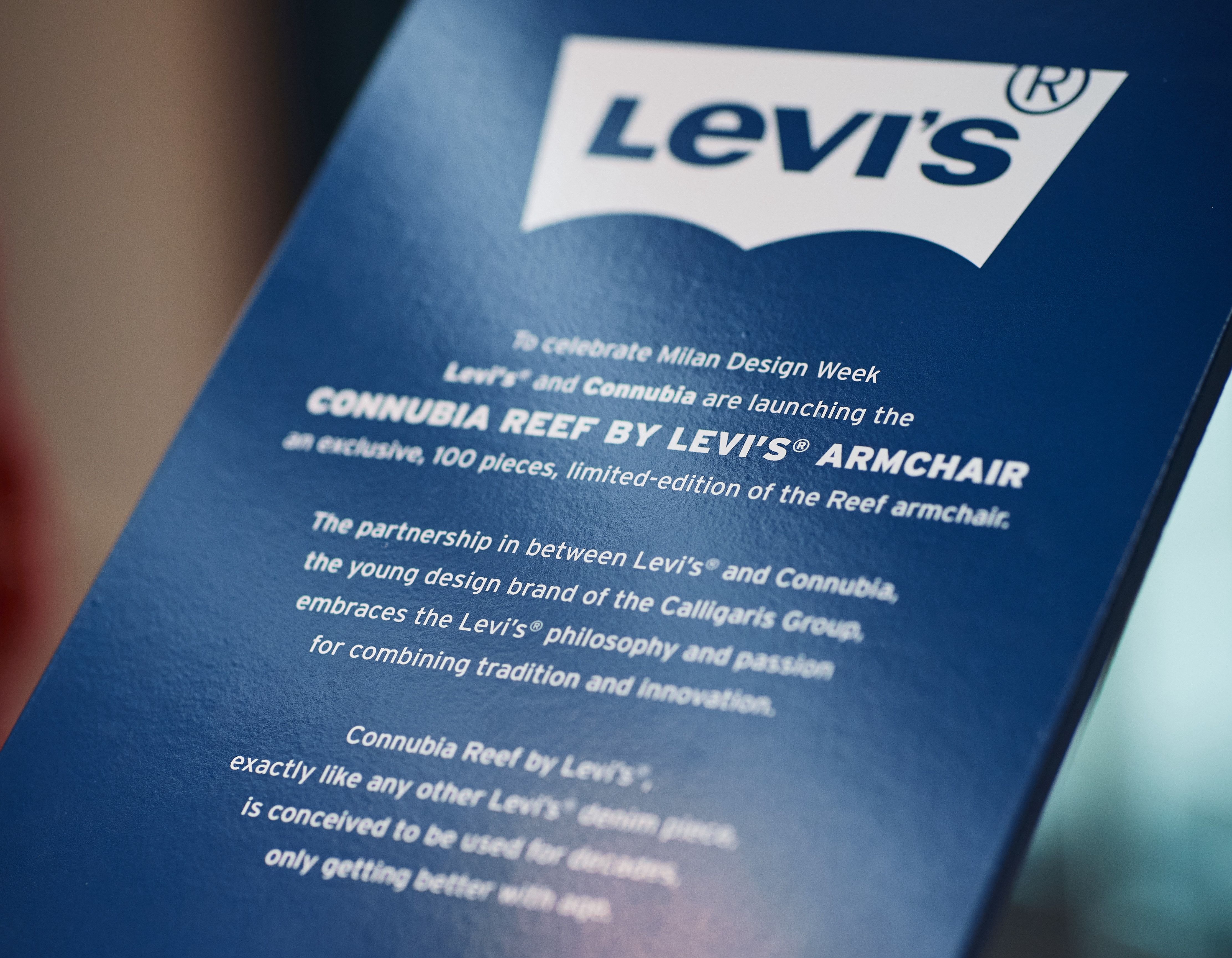
H – What commonalities/values do you think Levi’s and Connubia share?
D – I think one of the most important aspects between the two brands is that they both revolve around equal responsibility. Obviously both Levi’s and Connubia are passionate about youth and even more so the fact that they are part of Keller Garrison (a century-old company).
From a value point of view I would say that the main commonalities between the two are responsible community, youth, innovation and a sense of heritage.
H – Sustainability is a very important issue for Levi’s, which is more than present in every project. What do you think about it and the brands that still don’t give it the importance it deserves?
D – We’ve been trying for 30 years now to improve everything from manufacturing processes, to reducing the harm that clothing does to communities and the planet, to measurements and how we open source the code, the new developments we have in manufacturing and open source those capabilities to other companies. Levi’s is also trying to produce jeans using less water; and it’s no secret that we share that with our main competitors so that we all evolve and develop new, more sustainable manufacturing methods.
We are very mindful and often use as a reference the campaign we launched last year “The longer the better”, which revolves around the conscious choice of quality products and quality brands.
Fortunately, today, the vast majority of companies are starting to pay attention to this issue and this is very rewarding, especially when you spend time thinking about how and where to manufacture, how to build distribution centres, logistics facilities, how to source your product, how much you outsource, how far away that source is. These are the issues that every company has to think about. It is not something quick, but something that comes with effort, perseverance and hard work.
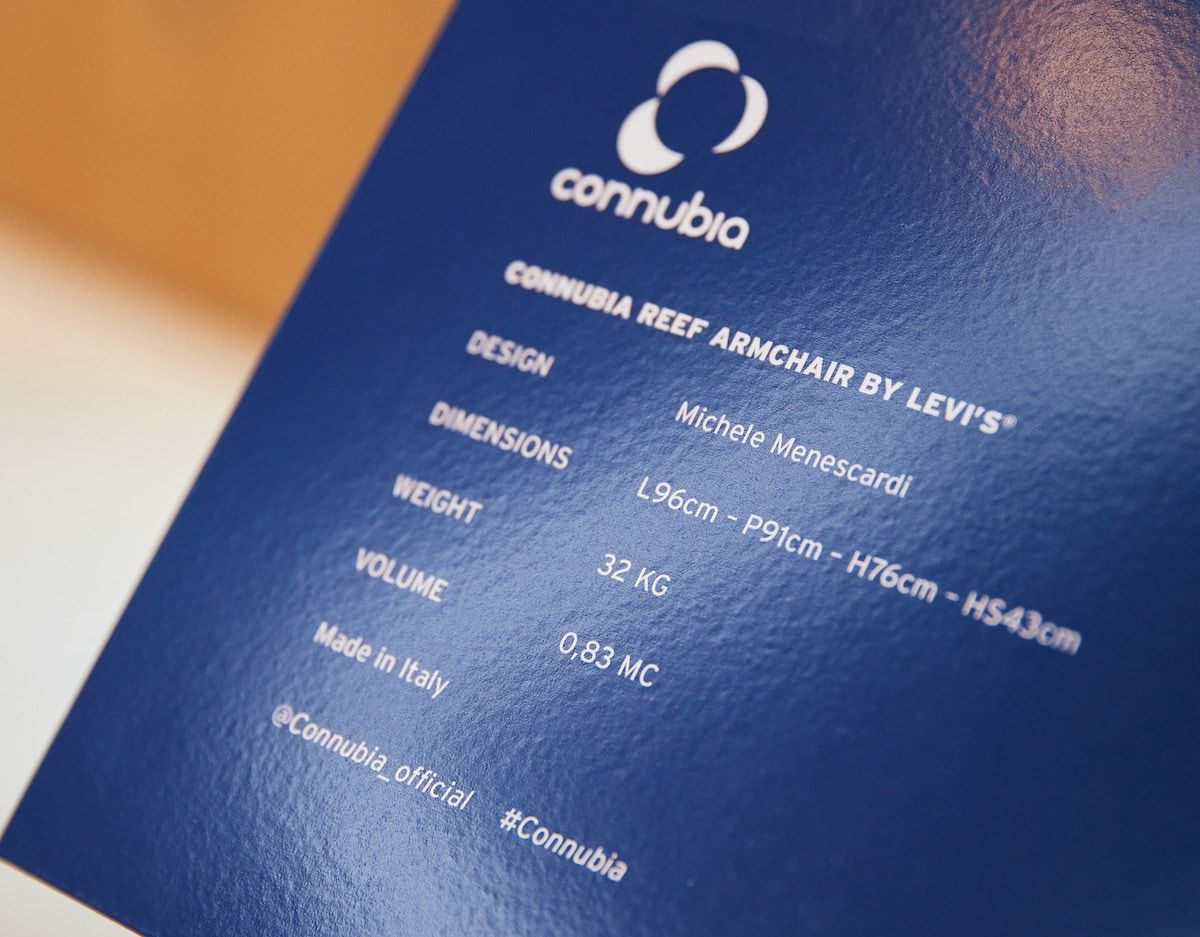
H – In recent years we have seen that Levi’s has started to have more of a presence in countries such as the one we are in, Italy. How would you define the pace and evolution of the brand in the country?
D – The team has done an excellent job. We are gaining a lot of market share. Brand awareness has never been stronger. It’s moments like this that have created the teams that make them more and more special and more relevant to today’s consumer. I think there are elements of future investment here, I mean, as you know Milan is the fashion capital, we can’t afford not to be relevant as a fashion brand here, it’s not an option, it’s an obligation. We have developed the market and opened 11 shops in Milan alone. Now we have the pop-up with which we are going to be in the city for the next six months to celebrate the community of the association, but also to create a cultural hub. The women’s artistic teams have done a remarkable job with the efforts around the Levi’s music project.
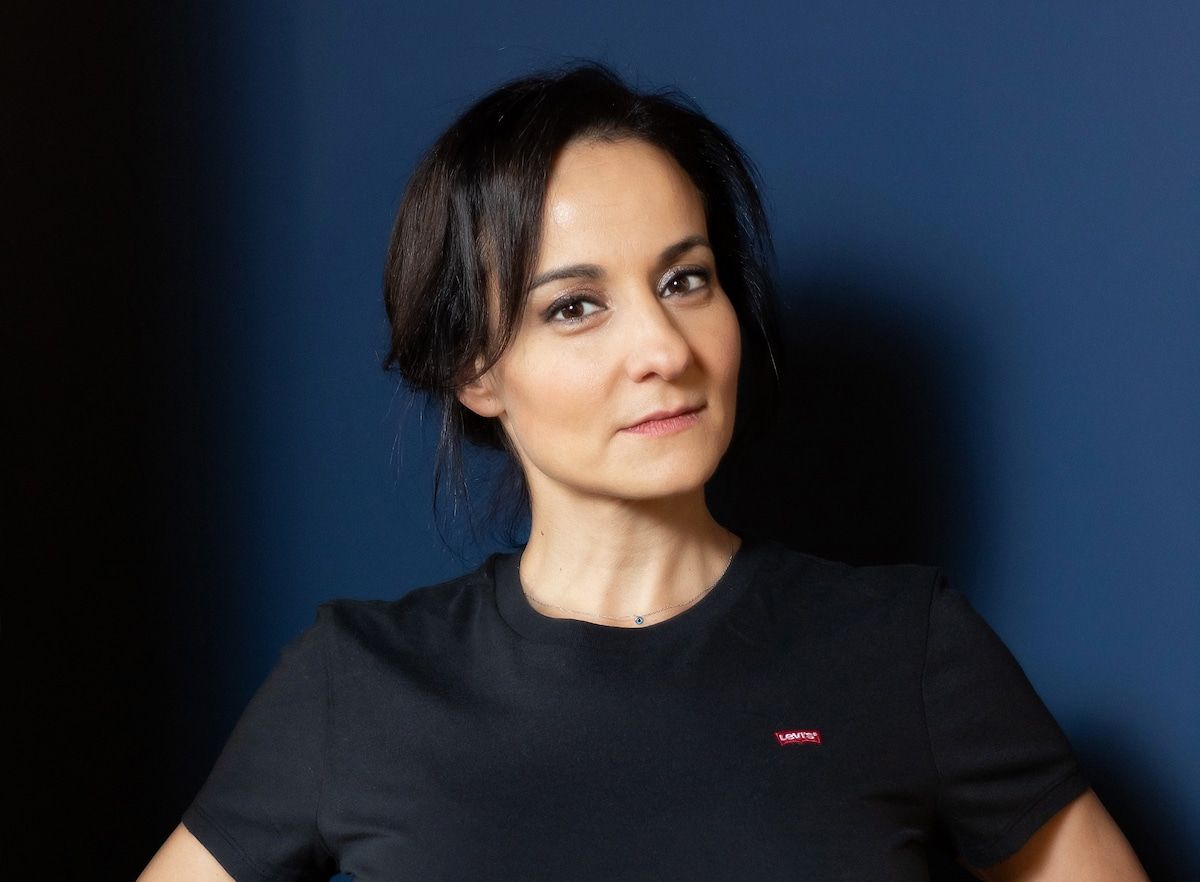
H – As vice-president and managing director for Southern Europe, would you dare to say which country has been the most difficult to take the brand forward?
D – We have developed and underdeveloped markets. Italy is one of the developed markets and the market that has been gaining market share the fastest. France remains a very, very key market for Levi’s a critical pinnacle of the southern European market. We have a big footprint in Spain for example, a market we just took over like Greece. Geographically, last year, the geographies are split differently. And the Southern Europe team took on 11 countries in Africa, Greece, and the Levi’s footwear and accessories division, which is geographically in Italy, and Switzerland, was affiliated to the Southern Europe team because of its location, and because we have some talent that has worked on the footwear side. So there was a good match for that particular entity. So if you were to tell me which country, I would probably tell you that we are evolving in Greece, which is a new market for us. So we’re still in a market study in that market. And it’s one of the geographies that are new in Southern Europe. We are looking forward to evolve as a market space, but it’s a new way for us. It’s not really a market that we are learning from. So I would highlight the learning aspects of the Greek market for this particular team.
H – How do you see the Levi’s brand positioned in Spain?
D – In Spain I see that there are still many opportunities. Obviously, the Spanish and Portuguese market for us is unique. In what way? You know, vertical, very strong, masters of their backyard. Simply, with multiple flag initiatives, I think you’ll know the group I’m talking about, so for us, it’s a market. It’s a scalable market and it’s one of the biggest markets. To be honest, France or Spain, as well as the UK and Germany, all of them are very scalable markets for Levi’s, owning prominent market shares. We are in the denim category, where we believe we have a massive opportunity in Spain is to evolve our women’s business. We still have a way to go in terms of youth, but the brand teams are doing a really good job with connecting through grassroots efforts.
H – And finally, could you tell us about any future projects?
D – I can’t tell you anything because Mathilda would kill me (laughs). Let’s let the surprise factor play.
Sigue toda la información de HIGHXTAR desde Facebook, Twitter o Instagram
You may also like...
